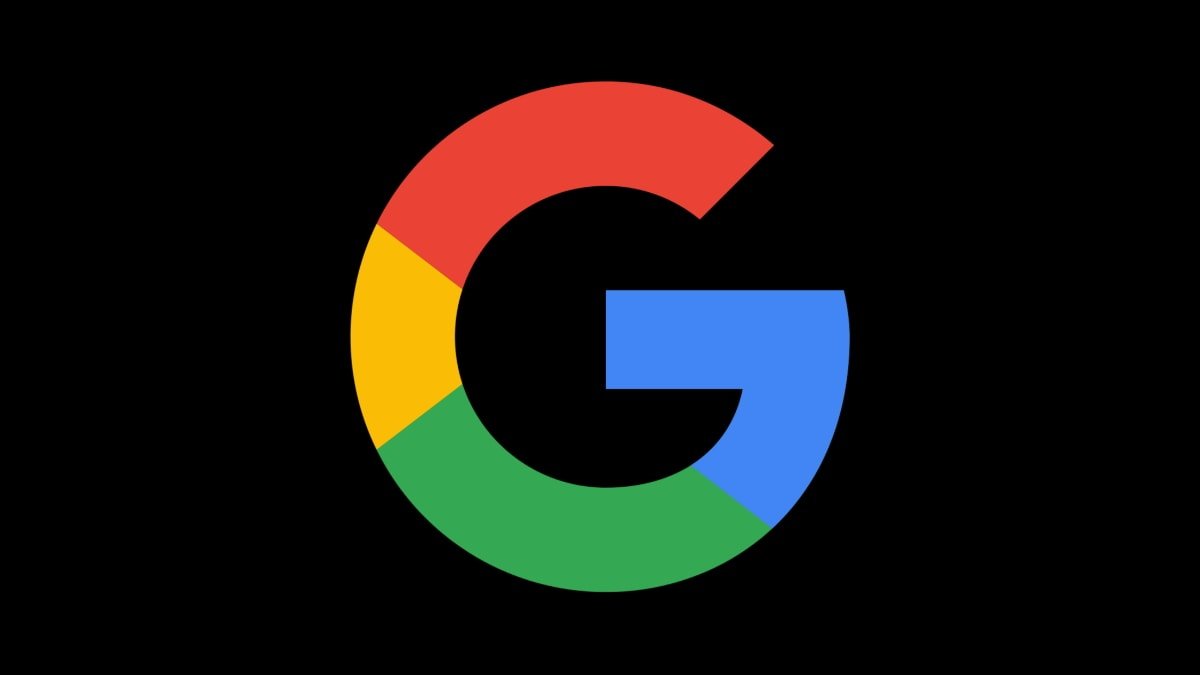Google's 'Bard' chatbot completely botches first demo
Google recently demonstrated a new ChatGPT rival called Bard, but it made a big factual error in one demo that the company shared on Twitter.

Google shows off its "Bard" search assistant
Google confirmed on Monday that it was working on an "experimental conversational AI service" called Bard, to compete with the ChatGPT chatbot. The company showed off its capabilities on Tuesday at an event in Paris.
Bard is a chatbot powered by AI that is intended to be used in searches, similar to Microsoft's recent announcement of integrating ChatGPT into Bing.
{"@context":"https://schema.org/","@type":"VideoObject","name":"Google presents : Live from Paris","description":"We're reimagining how people search for, explore and interact with information, making it more natural and intuitive than ever before to find what you need. Join us to learn how we're opening up greater access to information for people everywhere, through Search, Maps and beyond.","thumbnailUrl":"https://i.ytimg.com/vi/yLWXJ22LUEc/sddefault.jpg","uploadDate":"2023-02-08T15:26:02Z","duration":"PT38M18S","embedUrl":" "}
"}
Google intends for Bard to enhance its search product similarly, handling questions and answers using natural language. It will condense complex data so users can quickly get the answers they need and learn more.
At one point, though, Bard made an error. In a GIF that Google posted to Twitter, an example showed a person asking, "What new discoveries from the James Webb Space Telescope (JWST) can I tell my 9 year old about?"
Bard presented three bullet points of information, including one that states that the telescope "took the very first pictures of a planet outside of our own solar system."
But as astronomers pointed out, the JWST didn't take the first image of an exoplanet, as NASA shares on its website.
"This highlights the importance of a rigorous testing process, something that we're kicking off this week with our Trusted Tester program," a Google spokesperson told Reuters. "We'll combine external feedback with our own internal testing to make sure Bard's responses meet a high bar for quality, safety and groundedness in real-world information."
Google announced updates to some of its other products, too. For example, Google Lens will let people use an Android device to search what they see in photos and videos across websites and apps they currently use.
Google Translate will also give users additional contextual translation choices with explanations and several examples in the target language. Finally, Google Maps will offer glanceable directions and views of places that users want to visit using augmented reality.
Meanwhile, Microsoft's ChatGPT integration into Bing desktop search is available in a limited preview. Users can try a limited number of queries and sign up for full access in the future.
Read on AppleInsider

Google shows off its "Bard" search assistant
Google confirmed on Monday that it was working on an "experimental conversational AI service" called Bard, to compete with the ChatGPT chatbot. The company showed off its capabilities on Tuesday at an event in Paris.
Bard is a chatbot powered by AI that is intended to be used in searches, similar to Microsoft's recent announcement of integrating ChatGPT into Bing.
{"@context":"https://schema.org/","@type":"VideoObject","name":"Google presents : Live from Paris","description":"We're reimagining how people search for, explore and interact with information, making it more natural and intuitive than ever before to find what you need. Join us to learn how we're opening up greater access to information for people everywhere, through Search, Maps and beyond.","thumbnailUrl":"https://i.ytimg.com/vi/yLWXJ22LUEc/sddefault.jpg","uploadDate":"2023-02-08T15:26:02Z","duration":"PT38M18S","embedUrl":"
 "}
"}Google intends for Bard to enhance its search product similarly, handling questions and answers using natural language. It will condense complex data so users can quickly get the answers they need and learn more.
At one point, though, Bard made an error. In a GIF that Google posted to Twitter, an example showed a person asking, "What new discoveries from the James Webb Space Telescope (JWST) can I tell my 9 year old about?"
Bard presented three bullet points of information, including one that states that the telescope "took the very first pictures of a planet outside of our own solar system."
But as astronomers pointed out, the JWST didn't take the first image of an exoplanet, as NASA shares on its website.
"This highlights the importance of a rigorous testing process, something that we're kicking off this week with our Trusted Tester program," a Google spokesperson told Reuters. "We'll combine external feedback with our own internal testing to make sure Bard's responses meet a high bar for quality, safety and groundedness in real-world information."
Google announced updates to some of its other products, too. For example, Google Lens will let people use an Android device to search what they see in photos and videos across websites and apps they currently use.
Google Translate will also give users additional contextual translation choices with explanations and several examples in the target language. Finally, Google Maps will offer glanceable directions and views of places that users want to visit using augmented reality.
Google Bard availability
Currently, Bard is in a closed beta for testing, and greater public availability will arrive in the coming weeks.Meanwhile, Microsoft's ChatGPT integration into Bing desktop search is available in a limited preview. Users can try a limited number of queries and sign up for full access in the future.
Read on AppleInsider


Comments
How are they going to deal that the distance between telescopes will be constantly changing because of the curvature of the earth. Or the error is neglectable?
A rocket will never be able to leave the Earth’s atmosphere.” — New York Times, 1936
Damn. There goes my idea for a website.
https://www.nasa.gov/sites/default/files/atoms/files/rockets-guide-20-history.pdf